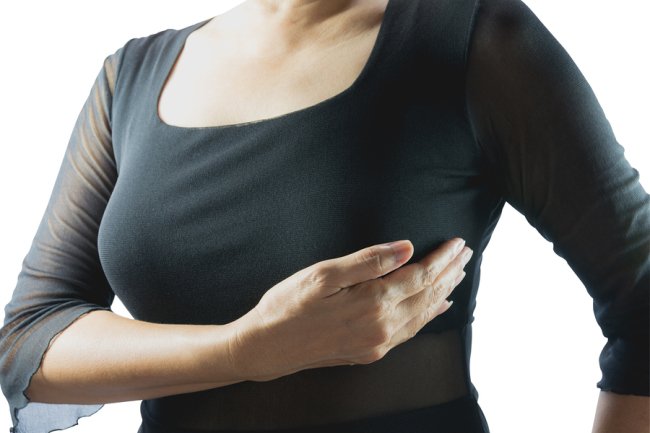What You Need to Know About Breast Self-Exams

There always seems to be something in the news about breast self-exams (BSEs). Some people recommend that you check your breasts every month while others believe that BSEs most often lead to high anxiety and a rash of false positives. Regardless of which side you are on, there is no question that getting to know how your breasts look and feel is a good idea. By establishing a baseline, you will have a better chance of noticing when something is off.
At Women’s Healthcare Associates, we recommend that you get to know the architecture of your breasts, including which spots are lumpier than others, so you can identify when changes occur. To find out more information on BSEs, take a look at this simple guide or contact our excellent women’s healthcare clinic today!
BSE Basics
A breast self-exam is a step-by-step approach that allows a woman to visually examine and feel her breasts to check for abnormalities. If you notice anything unusual, tell your doctor. In many cases, those changes are not cancer, but only your doctor can make that determination.
How to Perform a BSE
It’s best to do a BSE after your monthly cycle when your breasts are not undergoing and changes due to hormones.
The Mirror Test
Visually examine your breasts in the mirror, looking for changes in size, shape, and position, as well as puckering, dimpling, sores, or discoloration.
Examine your nipples for any sores, peeling, or change in direction. Pull outward on each nipple to check for discharge.
Place your hands on your hips and flex your chest muscles, turning from side to side to view the outer part of the breasts.
Bend forward in the mirror and roll your shoulders and elbows forward, tightening your chest muscles. Look for changes in shape or contour.
Clasp your hands behind your head and turn from side to side.
The Shower Test
Using hands slippery with soap, feel for changes in each breast. Make sure to check for lumps or thickening in your underarm areas and armpits.
Check for lumps above and below the collarbone.
Raise one arm behind your head and use the flat part of your fingers to press gently into the breast tissue following an up-and-down pattern and moving from bra line to collarbone. Cover the entire breast, then repeat on the other side.
The Lying Down Test
Lie down and put one hand behind your head. Starting on the upper right portion of the breast, work clockwise using small circular motions, keeping your fingers together, flat, and in constant contact with your breast tissue. Repeat using smaller concentric circles, working toward the nipple until you have felt the entire breast.
Feel beneath the nipple for changes. Press nipple inward (should move easily).
Repeat on another side.
Important note: BSEs do not take the place of clinical breast exams or mammograms. If you find a lump, try not to panic (8 out of 10 lumps are benign). Simply schedule an appointment with your doctor and go from there.
Please Read:
- - Effective 9/15/2022, Masks are highly encouraged, but not mandatory.
- - If you are experiencing any flu/cold/COVID like symptoms, you will be required to wear a mask.
- - At this time, we are only allowing ONE ADULT to attend the appointment with the patient. We are not allowing anyone under the age of 18
*Please note, if you bring more than one visitor or if you bring a visitor under the age of 18, they may be asked to wait outside of the waiting room or you may be asked to reschedule your appointment*

